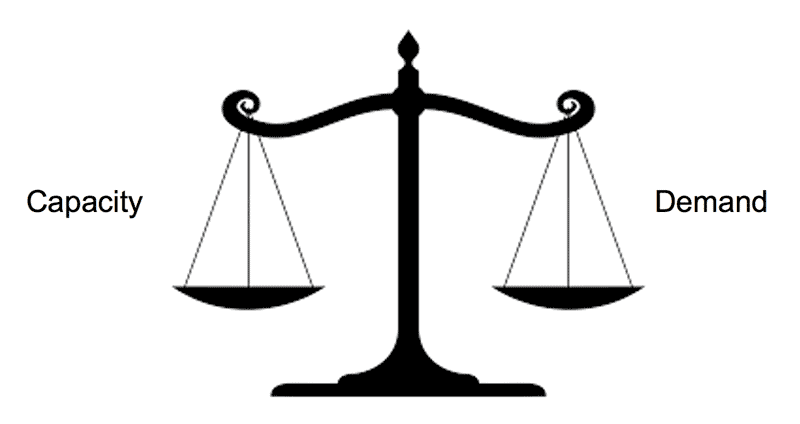As a chartered physiotherapist since 2009, Alan has seen and treated many swimmers suffering with shoulder pain. There are many reasons why swimmers may suffer with shoulder pain but the most common by far is inadequate capacity to match the demands of swimming. The easiest way to explain this is by using the demands versus capacity balance scales.
Every time you do an activity, in this case swimming, you are placing a demand on your body. If your body does not have enough capacity to manage and carry out this demand you are more likely to get injured. For example, if you don’t have enough strength and endurance in your rotator cuff muscles, trying to swim long distances may result in injuries or soreness in your shoulders. We can think of the Demand versus Capacity issue like a balancing scale. 
When you have a good balance between the demands you are placing on the tissues and the tissues capacity to cope with these demands then you are more likely to have nice healthy tissues and less likely to get injured.

However, when the demands on the tissues exceeds the capacity of the tissues, that is more likely to result in soreness or even damaged tissues. What is the solution? Build capacity!
Now, there are many factors that contribute to capacity that can’t be changed (e.g., age, past medical history, genetics), but changeable factors include strength, endurance, power, flexibility, diet, and life stressors. This 8-week program aims to target these factors with a combination of exercise and education.






